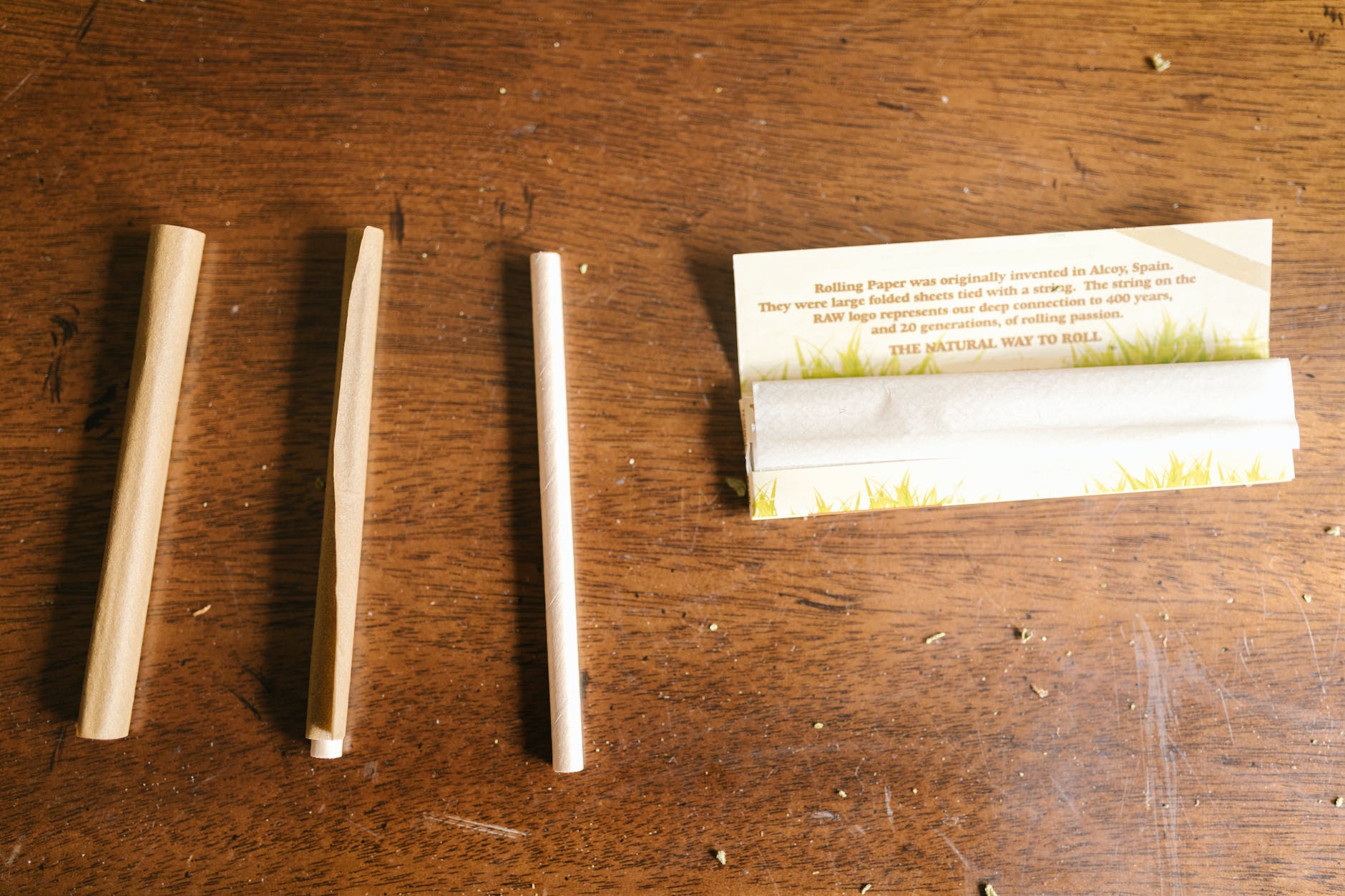High-quality cannabis doesn’t come by chance; it involves a calculated blend of knowledge, skill, and attention to detail. Armored with the right tips, home cultivation, whether for medicinal use, recreational enjoyment, or botanical fascination, can become a rewarding endeavor.
Ideal cannabis cultivation involves several key elements: proper strain selection, suitable indoor or outdoor growing conditions, optimized nutrient management, diligent pest control, among others. This article provides invaluable insights on how to master these different elements effectively.
Always start with your strain selection – the objective is being to select a variety that is compatible with your cultivation conditions and meets your personal preference. Whether growing for medicinal or recreational purposes, it is worthwhile to conduct a careful research about the strain family, cannabinoid content, terpene profile and the associated growth attributes. Institutions like Leafly offer comprehensive resources for strain selection with a view to choose what aligns best with your goals.
The decision between indoor and outdoor growing is mainly influenced by your living arrangements, local climate, and the time you have at your disposal. Each of these methods has its pros and cons. Outdoor growing embraces the natural conditions for cannabis, potentially leading to generous yields. However, it may lack the tight environmental control that indoor growing systems offer. Indoor growing, although being a slightly pricier option, enables growers to manage the factors affecting plant growth such as lighting, temperature, and humidity, thereby controlling the quality and quantity of the output. Both methods have given successful yield outcomes in the past and can be learnt through resources like I Love Growing Marijuana.
If you decide on indoor cultivation, setting up an effective lighting system is crucial. LEDs, High-Intensity Discharge (HID), and Compact Fluorescent Lights (CFLs) are popular types of lights used in cannabis cultivation. The type of lighting system plays a significant role in the growth cycle of the plant, and hence requires thoughtful consideration. Grow Weed Easy explains more about indoor lighting systems, helping you find the suitable one for your grow space.
Right soil preparation or adoption of hydroponics is an integral part of successful cannabis cultivation. Each method has its unique advantages, with soil offering an ideal platform for beginners due to its simplicity, while hydroponics can help to increase yields and speed up the plant’s growth cycle. Maximum Yield is an exceptional platform offering precise guides on both soil and hydroponic systems.
Nutrient management is pivotal to nurture a healthy plant leading to high-quality buds. Primary nutrients include nitrogen, potassium, and phosphorus. Secondary nutrients and micronutrients also play an essential role in the cannabis life cycle. Resources like Royal Queen Seeds provide a wide range of fertilizers specifically designed for different stages of cannabis cultivation.
Pathogen attacks and pest invasions can be equally devastating for both indoor and outdoor grows. Funguses, aphids, mites, and molds are common enemies. However, they can be effectively controlled using organic or chemical pest-deterrents and implementing a strict cleaning regime, as Green Flower’s pest control guide details.
By adhering to recommended harvesting techniques, you can ensure that the quality is not compromised in the final stages. A precise balance between patience and urgency is required, as premature or delayed harvesting can greatly affect the quality of the bud. Big Buds Magazine outlines specific harvesting tips to get the maximum out of your plant.
By mastering these elements of cannabis cultivation, even a beginner can set to start their rewarding horticultural journey. Remember, each strain and every growth cycle provides lessons of its own, so always remain open to learn, experiment, and improvise. Happy growing!
